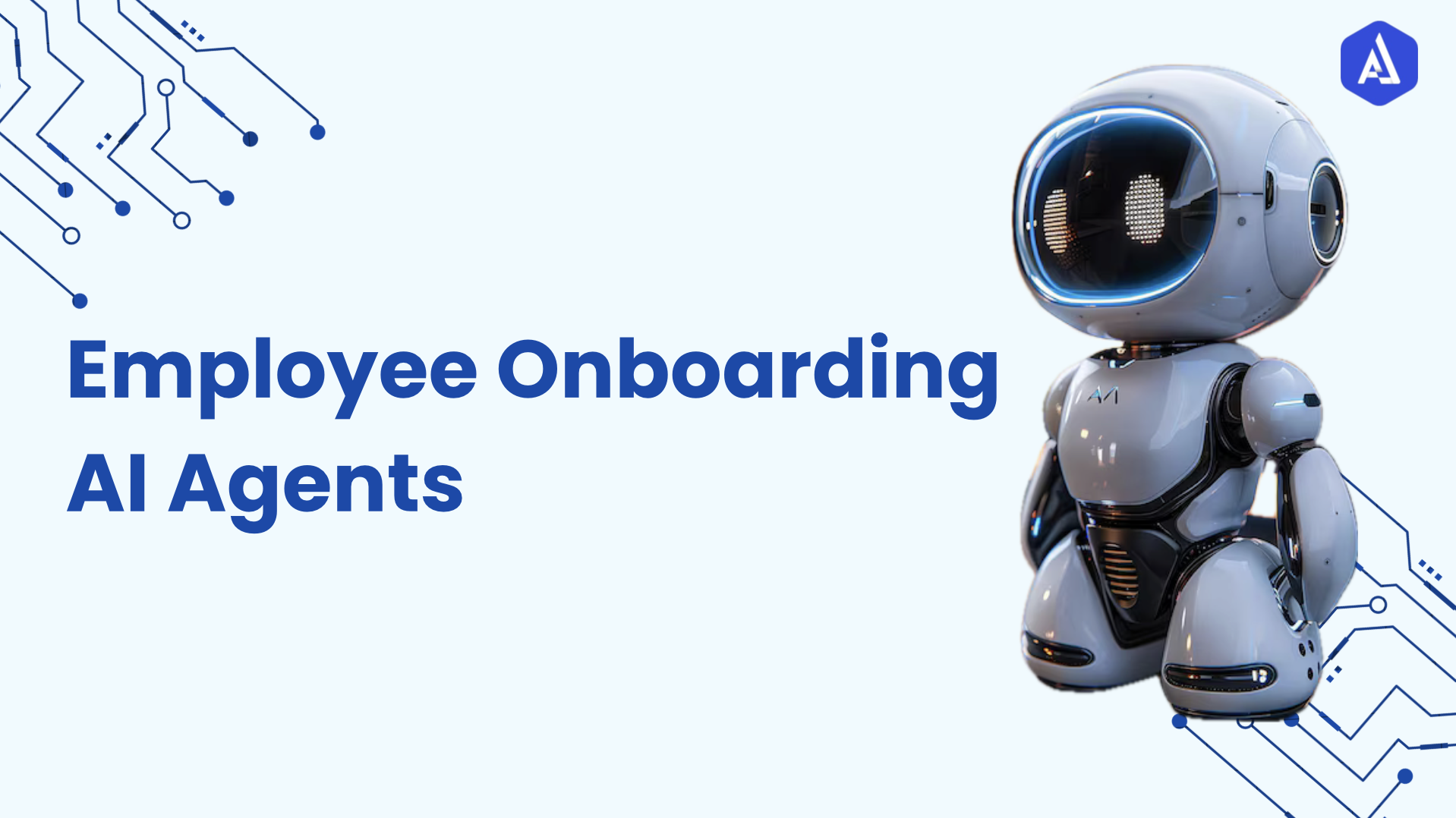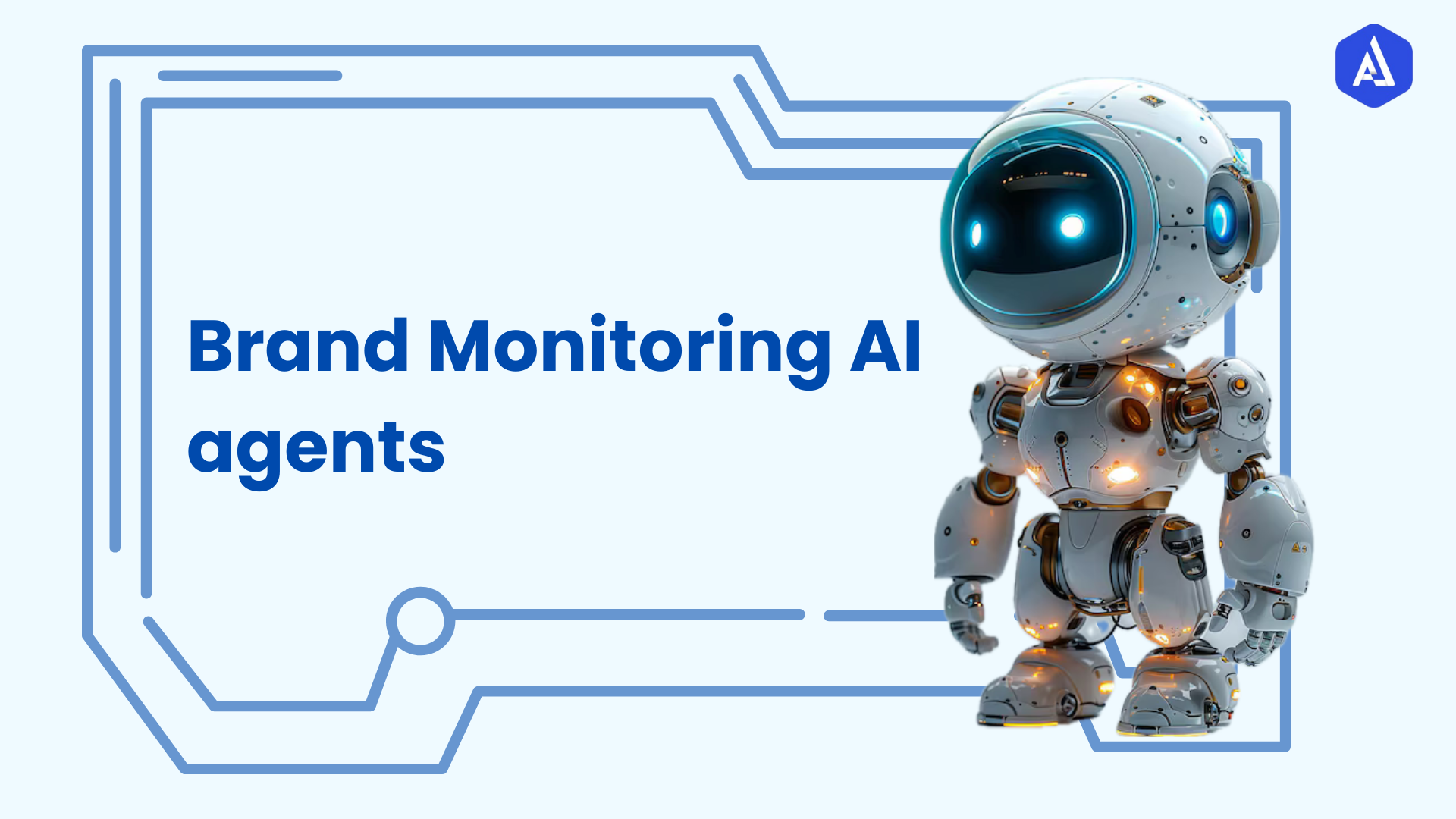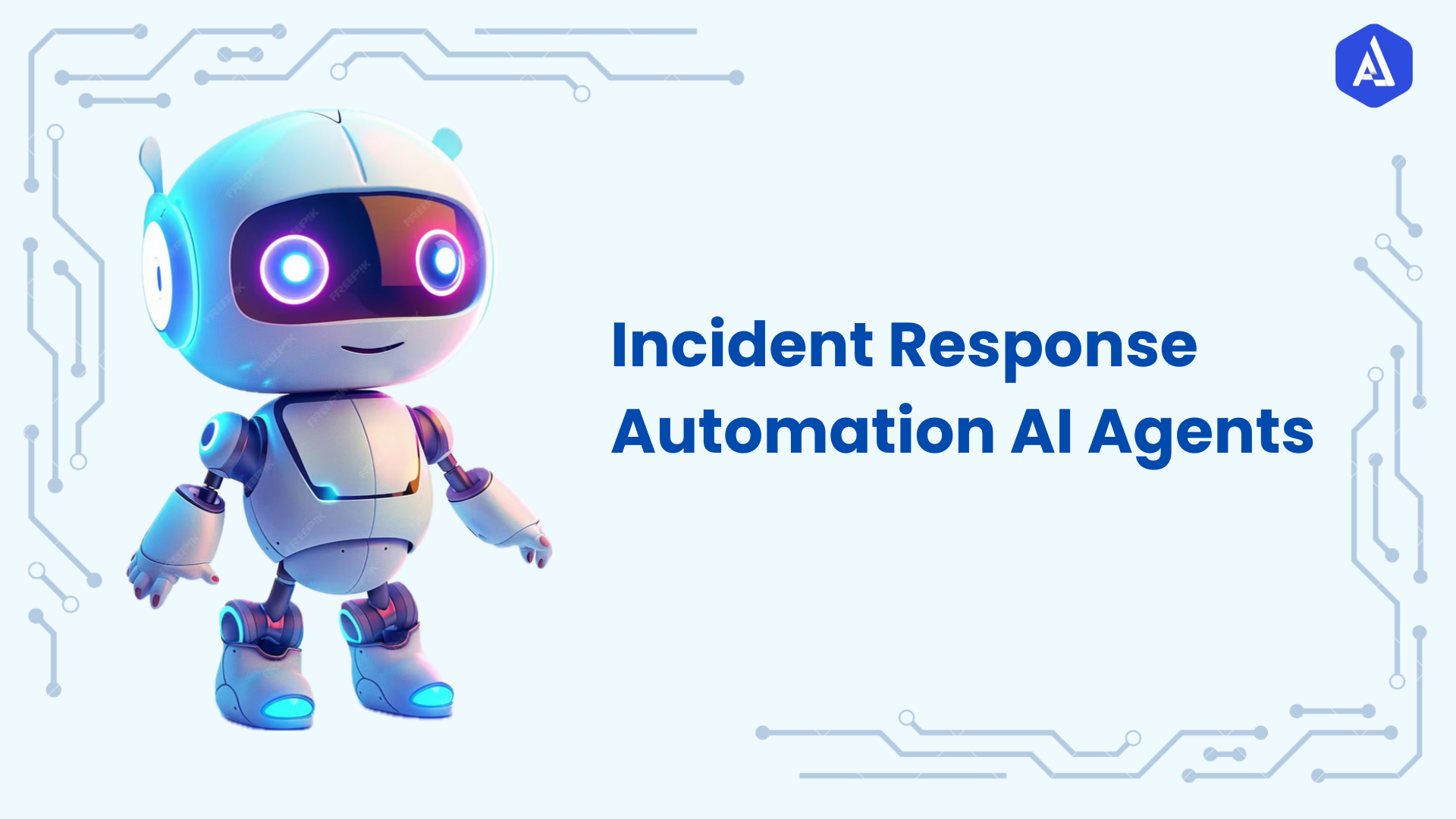Assortment Planning Agents are revolutionizing assortment planning for retailers and businesses. They represent a new and disruptive way retailers and businesses can operate their product assortments. Assortments optimize getting products right at the right time and in the right place, meaning that they increase customer satisfaction while pushing sales through to drive profitability.
What is an Assortment Planning Agent?
An Assortment Planning Agent is an AI-powered system that helps retailers optimize product selection based on customer preferences, market trends, and historical sales data. It ensures the right mix of products is available in the right quantities, reducing overstock and missed sales opportunities.
These agents analyze demand patterns, personalize assortments for different customer segments, and adjust inventory strategies in real time. By integrating data from various sources, they enhance decision-making, improve customer satisfaction, and drive sales. They also support sustainability by minimizing waste and ensuring efficient supply chain management.
Assortment Planning Agent in Action
The existing process relies heavily on manual data gathering and analysis, making it time-consuming and prone to errors. Additionally, traditional methods often struggle to adapt to changing consumer preferences and market trends, leading to issues such as overstocking or stockouts.
By understanding these existing practices, we can better grasp how AI agents can transform assortment planning into a more proactive and effective strategy.
Existing Process
-
Data Gathering: The collection of data related to sales, customer preferences, and market trends is the first step toward assortment planning. During ancient times, it was done manually with the aid of entry and subsequent analysis of the data, which not only consumed a lot of time but also made it prone to errors.
-
Demand Forecasting: From the historical sales data, retailers analyze their past sales records to formulate a demand forecast for the future. Basic statistical techniques are used mainly in this area of forecasting, which often fails to accurately trace changing consumer preferences or the emergence of new trends.
-
Product Selection: Based on forecasts, retailers decide which lines to stock their inventory. This is a delicate process that sometimes results in incorrect demand estimates, leading to overstocking or stockouts.
-
Inventory Management: After choosing products, it is essential to control the available stock properly. The inventory status must be observed, and aggressive ordering must be done, which can be time-consuming and cumbersome.
-
Performance Analysis: After the sales period, the retailers analyse the performance metrics to understand the success of their assortment plans. An assessment after the event can identify problems that have surfaced but are not sufficiently agile to adjust in time to inform future assortment planning.
Synergy with AI Agents
-
Automated Data Analysis: AI agents for assortment planning help rapidly index product and their attributes on performance metrics, and the acquisition of data is achieved. The former minimizes the human workload in the workflow, and the latter enhances work precision.
-
Enhanced Demand Forecasting: These agents use machine learning algorithms to investigate past sales, other market data, and even sentiment data,a depending on social media usage, for a better forecast of demand.
-
Optimized Product Selection: Automated cross-product recommendation systems can analyze several combinations of products and test out the different conditions and trends, providing retailers with an optimal strategy for product placement.
-
Real-Time Inventory Management: Agents that keep a constant watch on the levels of the stock, auto-adjusting orders without human intervention. Thus, the retailer avoids suboptimal stock levels.
-
Proactive Performance Insights: Rather than offering analysis during the post-sales process, Assortment Planning AI Agents give sellers real-time information about how often retailing assortments are performing, so they can make improvements in a timely manner that will increase sales opportunities.
Assortment Planning AI Agents, organizations transform their assortment planning processes into proactive strategies toward optimizing product offerings, improving efficiency, and driving better business outcomes.
Benefits of Assortment Planning Agents
-
What Would Have Been Used Before Assortment Planning AI Agents?
Before the introduction of Assortment Planning AI Agents, retailers relied heavily on manual processes and intuition to determine product assortments. This often involved spreadsheets, basic historical data analysis, and subjective decision-making, which could lead to overstocking or stockouts. The lack of real-time insights made it challenging to adapt to changing consumer preferences and market dynamics, resulting in missed sales opportunities and inefficient inventory management.
-
Benefits of Assortment Planning AI Agents
-
Improved Efficiency: Assortment Planning AI Agents work towards automating the processing of data and product categorization, which significantly reduces the planning time to such an extent that sometimes it can undertake tasks that would otherwise take weeks in just hours. Teams can, therefore, focus on decisions and strategic thinking rather than getting into detailed data manipulation.
-
Superior Decision-Making: In generating actionable insights through processing large volumes of data, including sales and customer preference trends, these agents help retailers make the right assortment decisions. With this data-driven approach, almost all guesswork is avoided, and overall accuracy is improved.
-
Cost Savings: Assortment Planning AI Agents cut down on excess inventory and the respective carrying costs, because of improved demand forecasting as well as a better selection of products. Cash flow improves and profitability increases.
-
Adaptive Dynamics: Such agents constantly monitor the trends and patterns of consumers and thereby allow retailers to adjust assortments in real-time. This flexibility helps ensure that businesses can respond rapidly to emerging trends and customer demands.
-
Personalization at Scale: With Assortment Planning AI Agents, retailers can tailor product assortment for location-specific or customer segment-specific requirements that improve shopper experience. Such personalization leads to customer loyalty with repeat business.
-
Risk Mitigation: Early in the planning cycle, these agents help retailers avoid the adverse implications of wrong-mix inventory through early detection of underperforming products. Since this is a proactive action that can be realized before a mistake takes place, adjustments to the order or product offerings can be made in time.
Use Cases for Assortment Planning AI Agents
Assortment planning is one of the AI agents that are cross-industry and can be applied to different scenarios. Here are a few key use cases:
-
Fashion Retail: AI analyzes seasonal trends and customer preferences to predict demand for styles and sizes, preventing overstock and lost sales.
-
Grocery Chains: Tracks local buying patterns and seasonal shifts to tailor product assortments, ensuring popular items are always available.
-
E-commerce: Uses real-time customer interactions and browsing behaviour to adjust product offerings, boosting engagement and conversions dynamically.
-
Consumer Electronics: Forecasts demand for new gadgets and accessories, enabling retailers to stay ahead of innovation and customer needs.
-
Home Goods: Adjusts product selection based on seasonal trends and customer feedback, keeping assortments fresh and appealing.
-
Sports Equipment: Optimizes inventory based on seasonal demand and local events, ensuring timely availability of popular sports gear.
Considerations
-
Data Integration: Many retailers struggle to integrate data from disparate sources, including point-of-sale systems and inventory management tools. This data can be siloed and inconsistent, making working with the AI agent difficult.
-
Model Training: It takes a lot of resources to train the AI model to understand the intricacies of assortment planning. This model must learn relations between products, seasonality, and consumer behaviour and requires constant optimization to understand sellable relationships as market conditions change.
-
Infrastructure Requirements: To process real-time data and analytics it is necessary to have a robust IT infrastructure. To do that, your systems must be able to bear the computational burden of advanced AI algorithms.
-
Cross-Department Collaboration: For this to be implemented effectively, all these departments need to be working together: merchandising, finance, and IT. However, it is challenging to align these teams and crucial to a successful rollout.
-
Balancing AI and Human Insight: AI agents yield helpful data-driven insight but do not fully emulate human creativity and intuition. The right amount of AI recommendations versus human judgment needed for optimal assortment planning is a critical element of success.
These technical and operational issues need to be addressed to implement assortment planning AI agents, which will transform these organizations’ assortment planning processes into more efficient and reactive systems.
Usability of Assortment Planning AI Agents
To effectively utilize Assortment Planning AI Agents, follow this brief guide:
-
Access & Integrate Data: Open the AI agent, view key metrics on the dashboard, and connect relevant data sources for accurate analysis
-
Forecast Demand: Analyze historical sales data to predict future demand, ensuring optimal product stocking and reducing inventory risks.
-
Customize Assortments: Tailor product selections based on local preferences and customer segments to enhance satisfaction and sales.
-
Monitor & Report: Track product performance in real-time and access automated reports with insights for better decision-making.
-
Optimize Strategies: Make real-time adjustments to inventory and product offerings based on AI-driven insights to maximize efficiency.
Final Thoughts: The Road Ahead
Agentic AI will revolutionize retail by enhancing human intuition, allowing retailers to anticipate customer needs and create compelling assortments that drive loyalty and sales. As technology advances, real-time data will refine decision-making, seamlessly blending AI insights with human expertise.
Future AI agents will not only optimize inventory but also integrate sustainability and ethical considerations, strengthening customer trust. This evolution will unlock new opportunities for growth, efficiency, and innovation, transforming the shopping experience. By combining analytical power with creativity, AI-driven assortment planning will reshape retail, ensuring businesses stay ahead in an ever-changing market landscape.
Next Steps with AI Agents
Talk to our experts about implementing compound AI system, How Industries and different departments use Agentic Workflows and Decision Intelligence to Become Decision Centric. Utilizes AI to automate and optimize IT support and operations, improving efficiency and responsiveness.


